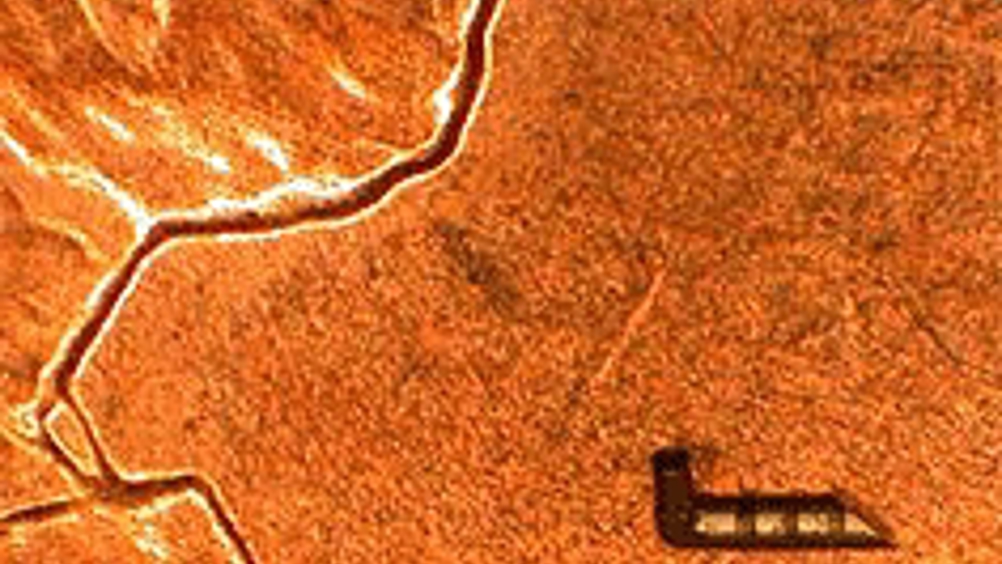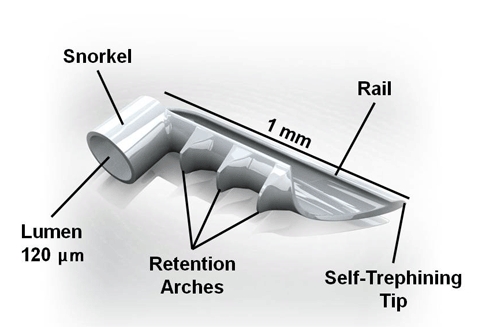Surgeons use iStent implant on UK glaucoma patient
The smallest medical device to be implanted in the human body has been used in an eye operation for the first time in Britain.

The millimetre-long titanium tube is designed to halt the progress of glaucoma, which is responsible for causing blindness in more than 67 million people worldwide.
Called the iStent, it replaces the need for a daily routine of different eye drops and can be implanted in a 15-minute operation.
‘The problem with drops is that you need to take them religiously to put a hold on the disease,’ said Jackie Handley, national business manager of Spectrum, the iStent’s UK distributor.
‘Existing operations such as a trabeculectomy are more for the end stage of the disease and leave you with little choice of doing anything else. They can cause blebs [blisters] and can be uncomfortable for patients.’

Glaucoma causes damage to the optic nerve related to increased pressure in the eye over a long period of time. While a trabeculectomy involves creating a channel in the eye to remove fluid, the iStent is implanted in the natural draining canal.
Register now to continue reading
Thanks for visiting The Engineer. You’ve now reached your monthly limit of news stories. Register for free to unlock unlimited access to all of our news coverage, as well as premium content including opinion, in-depth features and special reports.
Benefits of registering
-
In-depth insights and coverage of key emerging trends
-
Unrestricted access to special reports throughout the year
-
Daily technology news delivered straight to your inbox










Water Sector Talent Exodus Could Cripple The Sector
Maybe if things are essential for the running of a country and we want to pay a fair price we should be running these utilities on a not for profit...